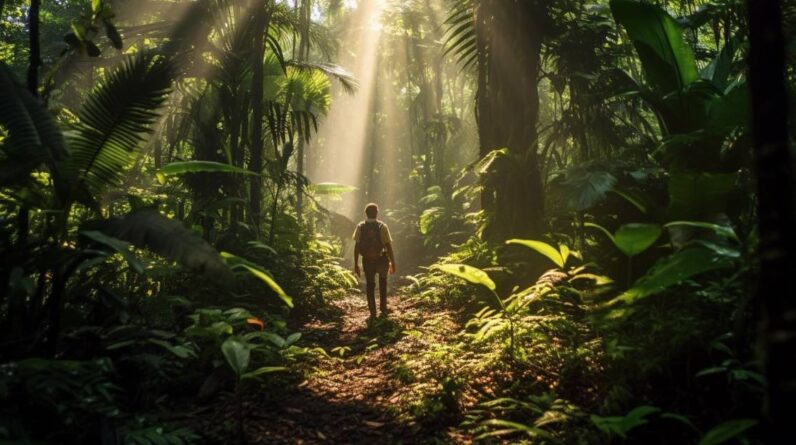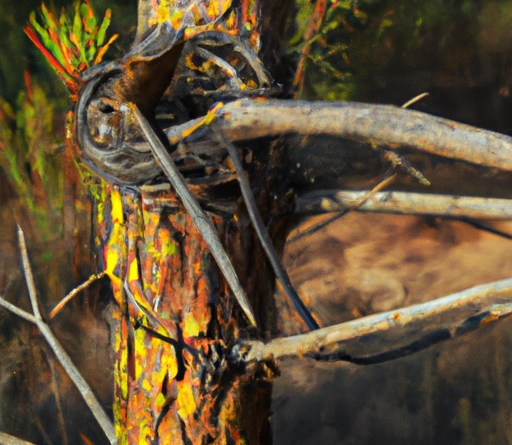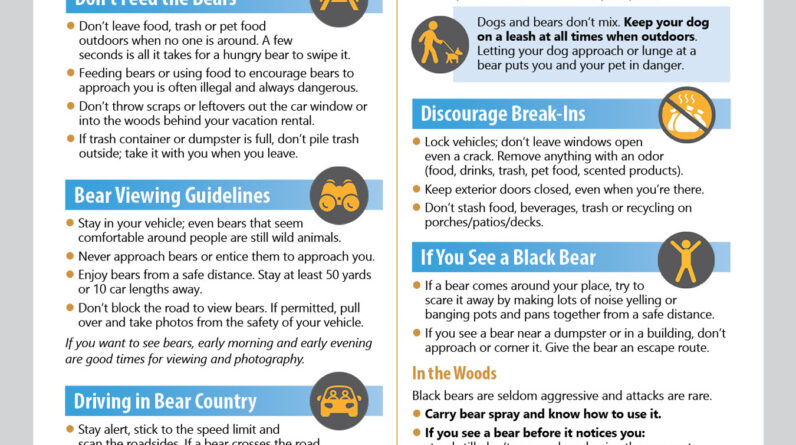
Introduction
Welcome to “Survival Skills: Emergency Signaling Techniques in Remote Areas.” In this informative post, we will explore the importance of emergency signaling techniques when finding yourself in a remote area. When venturing into the wilderness, it’s crucial to be equipped with the knowledge and tools to communicate your distress and request help if needed.
Understanding the Importance of Emergency Signaling Techniques in Remote Areas
Being prepared for potential emergencies is essential when exploring remote areas. Getting lost, injured, or encountering dangerous situations are possibilities that can quickly turn into life-threatening scenarios. During such events, convenient access to technology or immediate help may not be available. This is where emergency signaling techniques play a critical role in increasing your chances of being rescued or receiving aid in remote locations.
In this section, we will explore a range of signaling techniques that are effective in remote areas. From traditional methods like smoke signals and signal fires to modern techniques using mirrors, flashlights, or even your smartphone, we will cover various options available to you. We will discuss how to use each technique effectively and provide tips for maximizing their visibility and impact.
By the end of this post, you will have a thorough understanding of the importance of emergency signaling techniques and be well-equipped to handle unexpected situations in remote areas. Let’s dive in and explore these life-saving skills together.
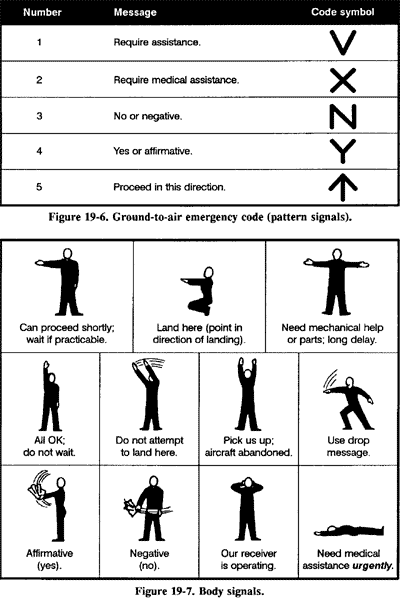
1. Visual Signaling Techniques
When you find yourself stranded in a remote area without any means of communication, your ability to attract attention and signal for help becomes crucial. In these situations, visual signaling techniques can be a lifesaver. There are several techniques that you can employ to maximize your chances of getting noticed and rescued.
Utilizing Smoke Signals to Attract Attention
One of the oldest and most effective methods of visual signaling is the use of smoke signals. By creating a controlled fire and placing green vegetation or moist materials on it, you can produce thick smoke that can be seen from a distance. This method is especially effective during daylight hours when the smoke is more easily visible against the backdrop of the sky.
Using Brightly Colored Clothing and Shelter Materials as Visual Signals
Another simple yet effective technique is to use brightly colored clothing or shelter materials to create visual signals. By waving a bright garment or laying it out in the open, you increase your visibility to potential rescuers. Similarly, wrapping shelter materials such as tarps or blankets around rocks or tree branches can create conspicuous markers that stand out against the natural surroundings.
Remember, when employing visual signaling techniques, it is essential to choose locations where your signals will be most visible. High ground, open areas, and clearings provide better visibility and increase the chances of your signals being noticed. By mastering these techniques, you significantly enhance your chances of being located and rescued in remote areas.
2. Auditory Signaling Techniques
When it comes to survival skills in remote areas, emergency signaling techniques can be your lifeline to help. Having the ability to audibly signal for assistance can greatly increase your chances of being rescued. In this section, we will explore effective auditory signaling techniques that can help you catch the attention of potential rescuers.
Creating Loud Noises using Whistles or Horns
One of the simplest and most effective ways to signal for help is by using a whistle or horn. These compact and lightweight devices can generate loud, piercing sounds that can travel far distances. Always carry a whistle or horn with you in your survival kit. In case of an emergency, blow the whistle or sound the horn in short bursts of three, which is recognized as a universal distress signal.
Using Percussion Instruments for Auditory Signaling
Another technique to consider is utilizing percussion instruments like drums or metal objects to create loud noises. By banging these instruments together or against other solid surfaces, you can produce attention-grabbing sounds. These sharp, rhythmic noises can be heard over long distances and may attract the attention of potential rescuers in the area.
Remember, in a remote area where visibility may be limited, audible signaling can play a crucial role in getting help. Practice these techniques beforehand, so you can confidently and effectively use them when the need arises. Stay safe and increase your chances of survival by mastering these auditory signaling techniques.
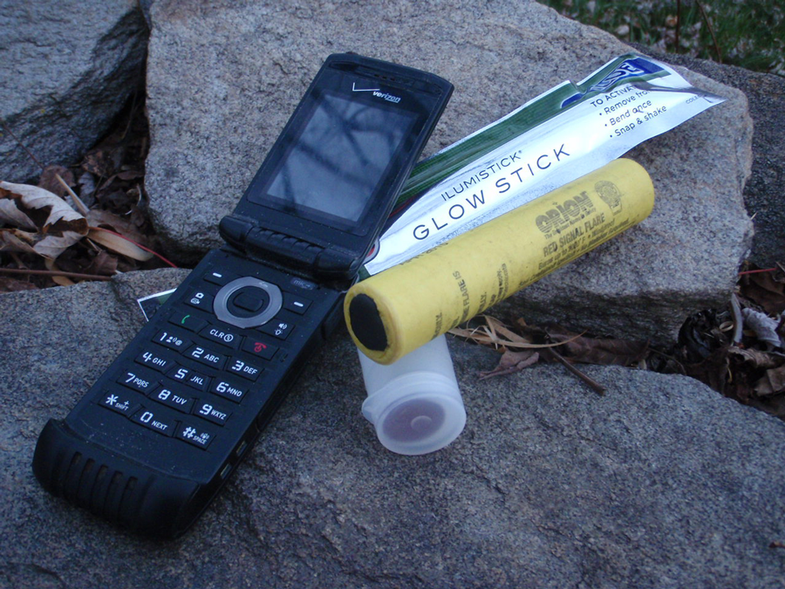
3. Mirror Signaling Techniques
When you find yourself stranded in a remote area with no way of communication, knowing how to signal for help is essential. One effective method you can employ is mirror signaling, which utilizes the power of sunlight to catch the attention of potential rescuers.
Harnessing the Power of Sunlight to Signal for Help
When using a mirror as a signaling tool, position yourself in an open area where the sunlight is most prominent. Hold the mirror firmly in your hand, ensuring that it reflects direct sunlight towards the desired direction. Move the mirror slowly, allowing the reflected light to sweep across the sky. The bright flashes of light can be seen from a distance and serve as a clear indication of your presence.
To enhance the effectiveness of your signals, aim at low-flying aircraft or search parties on the ground. Turn the mirror slightly to adjust the angle and redirect the light to maximize its visibility.
Remember, mirror signaling is most effective during sunny days, so use this technique during daylight hours for the best results. Additionally, keep the mirror clean and free of smudges or debris to maintain optimal reflection.
By mastering mirror signaling techniques, you increase your chances of being spotted and rescued in remote areas. So, make sure to include a small mirror in your survival kit.
4. Ground to Air Signaling Techniques
Crafting Large-Scale Ground Signals to Attract Rescuers
When you find yourself stranded in a remote area, it is crucial to know how to effectively signal for help. Ground to air signaling techniques can greatly increase your chances of being spotted by rescuers and ultimately save your life. By using readily available materials and a basic knowledge of visual communication, you can create large-scale ground signals that catch the attention of search aircraft.
Crafting a large-scale ground signal requires careful planning and execution. First, find a clear and open area where your signal will be easily visible from above. Use contrasting materials such as rocks or branches to draw attention to your signal. For example, arranging rocks in a large “SOS” pattern or creating a large arrow pointing toward your location can quickly convey the need for assistance.
Remember, the larger and more conspicuous your signal, the better. Aim for a size of at least 10 feet in width to maximize visibility. Additionally, keep in mind that placement is key – your signal should be located in an open area where it cannot be obstructed by vegetation or other obstacles.
when stranded in a remote area, crafting large-scale ground signals is an essential skill to attract the attention of rescuers. By strategically using materials found in your surroundings and creating highly visible patterns, you can greatly increase your chances of being spotted and rescued.
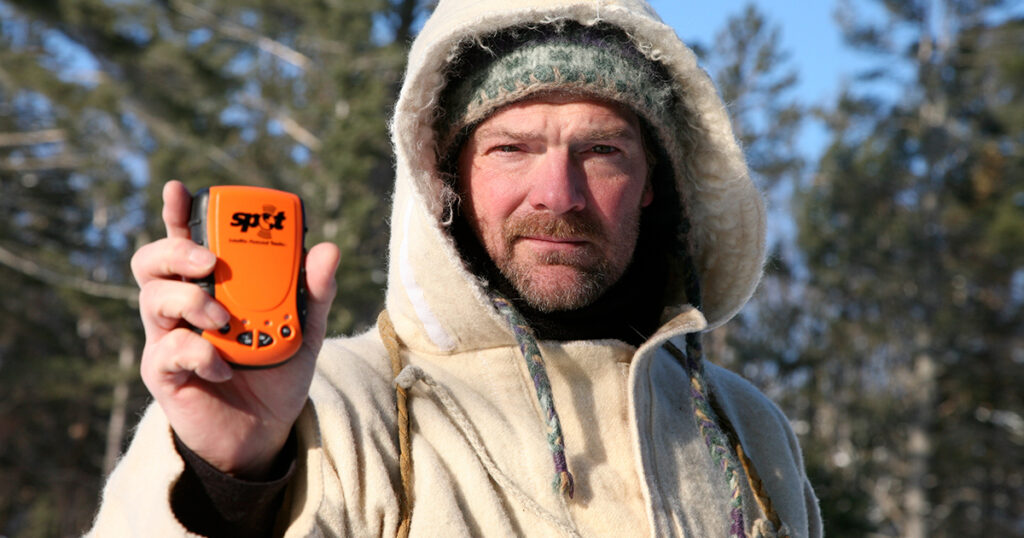
5. Morse Code Signaling Techniques
Learning and Utilizing Morse Code for Communication in Remote Areas
When you find yourself in a remote area with no means of modern communication, it is crucial to have knowledge of emergency signaling techniques. One of the most effective and widely recognized methods is Morse code. By learning and utilizing Morse code, you can communicate with others who understand this universal language, increasing your chances of being rescued.
To start, familiarize yourself with the Morse code chart, which consists of combinations of dots and dashes representing letters and numbers. Practice decoding messages using this system to build your proficiency. Various resources, such as online tutorials or mobile apps, can assist you in honing your skills.
Next, equip yourself with signaling devices that enable you to transmit Morse code signals efficiently. These can include a flashlight, a whistle, or a signaling mirror. Choose tools that are lightweight, portable, and reliable.
When using Morse code, remember to employ the correct timing and rhythm for each letter and number, ensuring the message is clear and understandable. Practice sending distress signals regularly to maintain your proficiency.
By mastering Morse code, you gain a valuable skill that may save your life in a dire situation. With practice, using this code will become second nature, enhancing your chances of being noticed and rescued by others in remote areas.
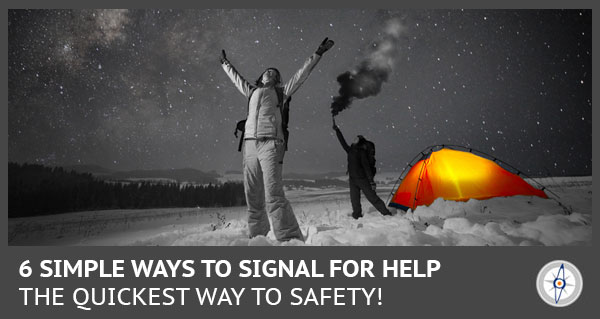
6. Radio Signaling Techniques
Understanding the Basics of Radio Signaling and Proper Usage
When you find yourself in a remote area with no means of communication, radio signaling can be a crucial survival skill. Radios allow you to send and receive messages over long distances, increasing your chances of being rescued. Understanding the basics of radio signaling and its proper usage is essential.
To begin with, you need to familiarize yourself with the different types of radios available. Two common options are the VHF (Very High Frequency) and the HF (High Frequency) radios. VHF radios are best suited for short-range communication, while HF radios have a greater range but require more advanced knowledge to operate.
Once you have a radio, it’s vital to know how to properly use it. Start by selecting the correct frequency and listening for any existing broadcasts or emergency channels. When transmitting a distress signal, use clear and concise language, providing your exact location, the nature of your emergency, and any injuries or medical conditions.
Remember, radio signals can be obstructed by natural and man-made barriers, such as mountains or buildings. To maximize your chances of being heard, find an open area with a clear line of sight to transmit your message.
By mastering radio signaling techniques, you can greatly enhance your chances of signaling for help and ultimately surviving in remote areas where communication is limited or non-existent.

Conclusion
Mastering Emergency Signaling Techniques as a Crucial Skill in Remote Areas
In conclusion, when you find yourself in a remote area without any means of communication, mastering emergency signaling techniques becomes crucial for your survival. These techniques can mean the difference between life and death, as they allow you to attract the attention of rescuers or passing aircraft.
Throughout this post, we have discussed various emergency signaling techniques that you can utilize in remote areas. We first explored the importance of creating signals that contrast with the surrounding environment, such as using brightly colored objects or creating smoke signals. Additionally, we covered the significance of proper placement and orientation of these signals to maximize their visibility.
Furthermore, we looked at auditory signaling techniques, including shouting, whistling, and using portable signaling devices like whistles or air horns. These techniques prove to be effective in alerting rescuers to your presence, especially in dense areas where visual signals may be obstructed.
Lastly, we discussed the significance of pre-emptive measures such as carrying signaling devices like signal mirrors or flares, as well as familiarizing yourself with international distress signals.
Remember, even if you don’t anticipate finding yourself in a remote area, it’s always better to be prepared. By practicing and mastering these emergency signaling techniques, you can increase your chances of being found and rescued in dire situations. Stay safe, and may your adventures always be filled with joy and not emergencies.



